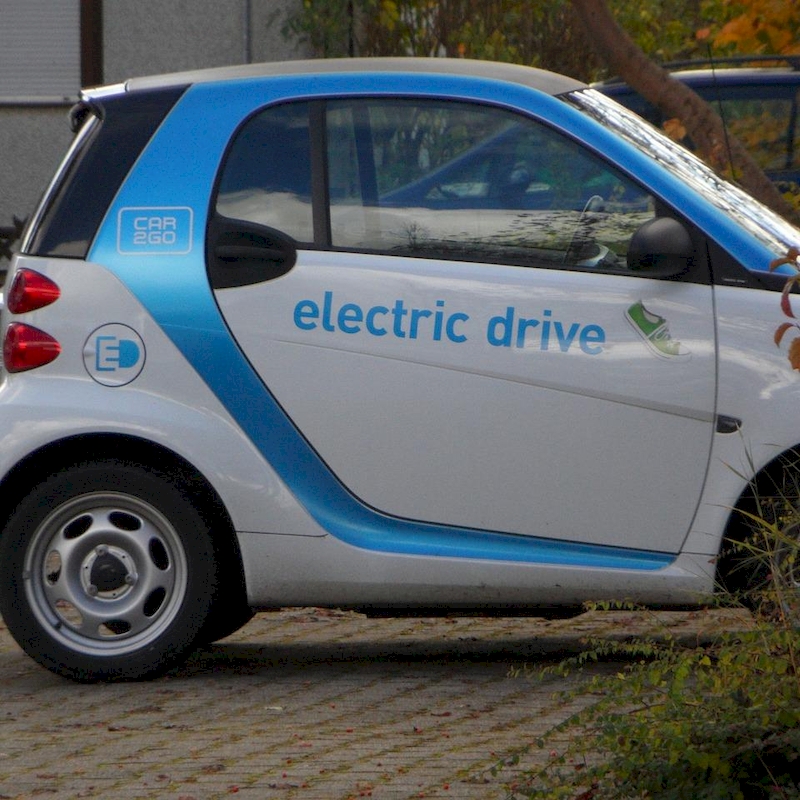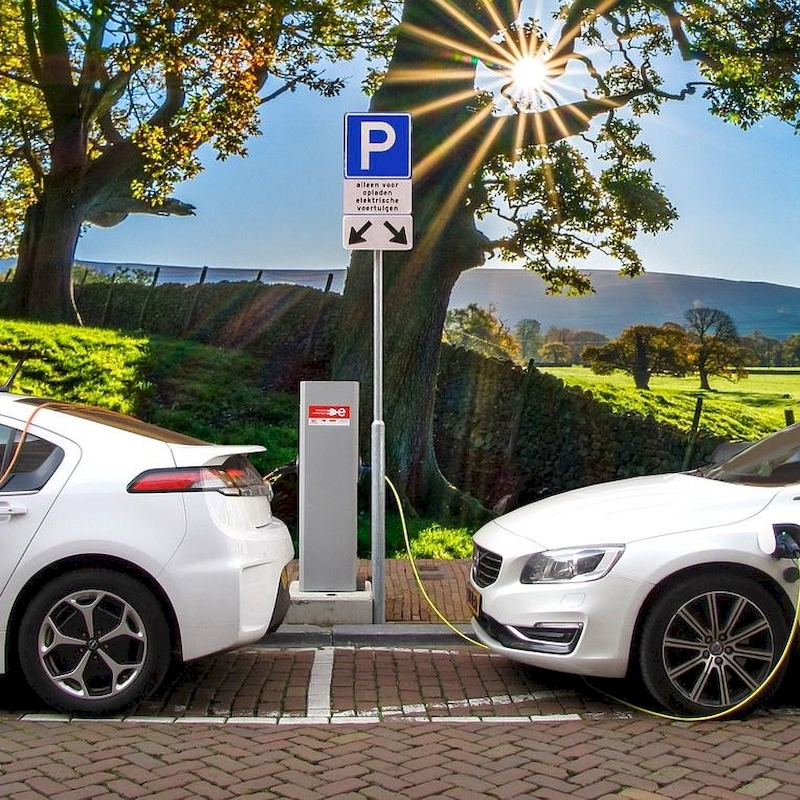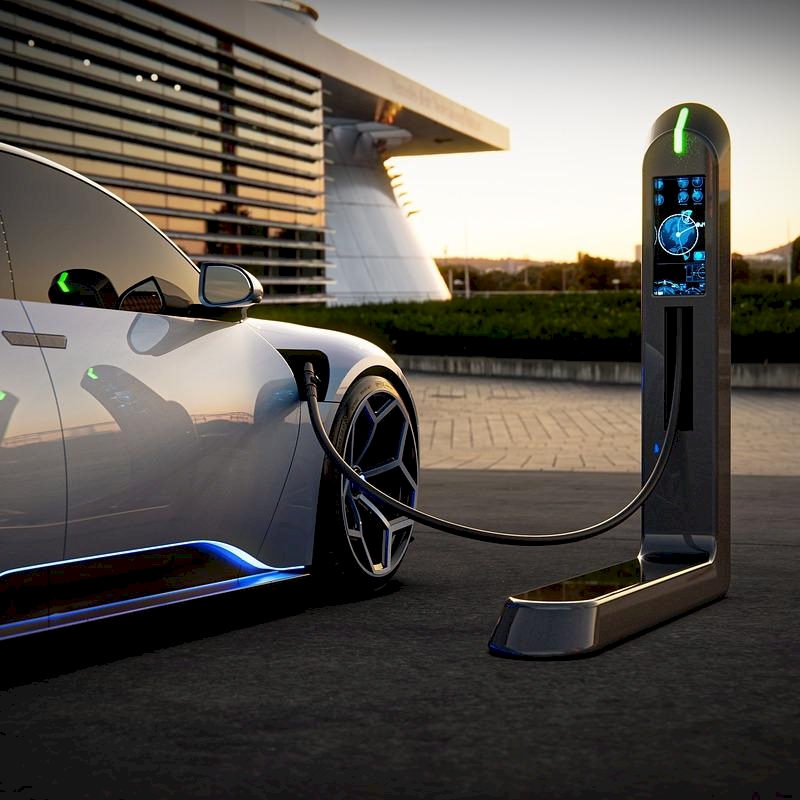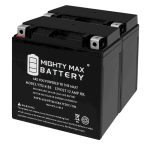Electric vehicles (EVs) have surged in popularity as society shifts toward more sustainable energy solutions. Central to every electric vehicle is a crucial component: the battery. However, many potential consumers may wonder, what are electric car batteries made of? Understanding the materials and components that comprise these batteries is vital, not only for comprehending their performance and efficiency but also for realizing their environmental impact and sustainability. This in-depth investigation will illuminate the chemical makeup of electric car batteries, the various types available, their environmental implications, and what the future holds for battery technology.
Electric car batteries are usually sophisticated systems connecting various materials and chemistry to provide reliable energy storage and transfer capabilities. By examining the composition of these batteries, we can gain insights into their performance, longevity, and the innovations driving this rapidly expanding field. Curious about what are electric car batteries made of? This article explores the components, chemistry, and future of batteries.

Understanding Battery Chemistry
At the heart of electric vehicles lies batteries that convert stored chemical energy into electrical energy—known as electrochemical reactions. The most prevalent type of battery used in electric cars today is lithium-ion batteries. Unlike traditional lead-acid batteries, lithium-ion batteries are lighter, have higher energy densities, and offer a longer cycle life, which translates to extended periods of operation before requiring a recharge.
The Role of Lithium
Lithium ion provides the name of the battery type, and for a good reason—lithium is a highly reactive and light metal that plays a vital role in battery performance. The element’s unique properties allow it to effectively move between the cathode and anode during charging and discharging cycles. Other elements often used with lithium include cobalt, nickel, and manganese, each contributing specific characteristics to the overall performance.
Anode and Cathode Materials
Electric car batteries consist of two electrodes: the anode (the negative side) and the cathode (the positive side). The composition of these electrodes significantly impacts energy density and cycle life.
- Anode Materials: The most common material used for anodes in lithium-ion batteries is graphite. While other materials like silicon are being explored for their potential to increase capacity, the well-established performance of graphite often keeps it in use for commercial applications.
- Cathode Materials: The cathode is typically constructed from layered metal oxides containing lithium, cobalt, nickel, or manganese. Models such as Lithium Nickel Manganese Cobalt Oxide (NMC) and Lithium Iron Phosphate (LFP) represent the diversity in cathode materials.
The Electrolyte
The electrolyte serves as a conductive medium enabling ions to move between the electrodes. Most lithium-ion batteries utilize liquid organic electrolytes, although newer technologies are finding success with solid-state electrolytes that promise increased safety and energy density. The choice of electrolyte influences the battery’s thermal stability and performance over time.
Types of Electric Car Batteries
Electric car batteries come in various types, with lithium-ion & lithium-polymer batteries being the most common. Each type has its advantages and disadvantages, typically related to energy density, lifespan, cost, and thermal management.

Lithium-Ion Batteries
These are the reigning champions of electric vehicle batteries. They offer impressive energy density, allowing more energy to be stored in a lighter package. Factors such as safety, thermal performance, and cost-effectiveness are essential considerations in their design. Innovations in lithium-ion technology continue to evolve, improving both energy capacity and charge/discharge speeds.
Lithium-Polymer Batteries
While similar to lithium-ion batteries, lithium-polymer batteries often have a flexible, lightweight design. They utilize a polymer gel electrolyte instead of a traditional liquid, which can yield a slimmer form factor. However, they may come with trade-offs in performance and longevity compared to their lithium-ion counterparts.
Solid-State Batteries
Emerging as a game-changing technology, solid-state batteries promise greater energy density and improved safety by eliminating flammable liquid electrolytes. Research efforts are ongoing to drive down production costs while enhancing performance metrics, aiming to usher solid-state technologies into mainstream vehicle applications in the not-so-distant future.
Environmental Impact of Electric Car Batteries
As awareness of environmental issues rises, understanding the sustainability of electric car batteries has become paramount. In discussing what electric car batteries are made of, it’s crucial also to emphasize the environmental aspects associated with their life cycle—from resource extraction to disposal and recycling.
Resource Extraction
The mining of raw materials used in electric car batteries—including lithium, cobalt, and nickel—raises significant environmental and ethical questions. Extracting these minerals can lead to habitat destruction, water pollution, and other ecological damages. Moreover, the geopolitical landscape surrounding mineral resources necessitates an ethical review of sourcing practices and industry transparency.
Battery Lifecycle
Like all consumer products, the lifecycle of electric car batteries encompasses production, use, and eventual disposal. Understanding what electric car batteries are made of can inform how these components will react at the end of their lifecycle. Challenges arise in disposing of or recycling batteries, given the toxicity of some materials involved and the technology required for safe breakdown and recovery of materials.
Recycling and Sustainability Initiatives
Recycling programs have taken on increasing importance as electric vehicle use proliferates. Efficiently reclaiming materials like lithium and cobalt can reduce the need for virgin extraction, mitigating environmental damage and promoting a circular economy. Many manufacturers are investing in advanced recycling technologies to recover a higher percentage of critical materials.
The Future of Electric Car Battery Technology
Emerging technologies and materials continue to shape the landscape of electric vehicle battery systems. Innovations point toward improved performance, sustainability, and lower costs, indicating a bright future for battery development.
Advances in Battery Chemistry
Research into alternative materials presents an opportunity to revolutionize battery performance. For instance, sodium-ion batteries, which leverage more abundant and less costly sodium instead of lithium, represent a promising alternative—especially for grid storage. Quantum dot and lithium-sulfur technologies are also in development, with potential to surpass current lithium-ion standards in terms of energy density and life cycle performance.
Enhanced Manufacturing Techniques
Manufacturers focus increasingly on enhancing production processes to make batteries more cost-effective, less energy-intensive, and more environmentally friendly. Innovations in automation and additive manufacturing could benefit battery production by driving down waste and facilitating complex designs that enhance performance.

Vehicle-to-Grid Technology
As electric vehicles become more integrated into daily life, the concept of vehicle-to-grid (V2G) technology allows EV batteries to connect to the power grid and exchange energy. This interaction could provide additional value for electric vehicle owners while stabilizing the grid in times of high demand, illustrating an innovative approach to electricity use and storage.
Conclusion
In answering the question, what are electric car batteries made of, it becomes apparent that these vital components encompass a complex interplay of materials, chemistry, and technology that is continuously evolving. With significant investment in research and development, the landscape of battery innovation is on the cusp of remarkable changes. The environmental implications of battery production, use, and recycling are critical to ensuring that our move towards electric vehicles remains sustainable and ethical.
Future advancements in battery technology not only promise to enhance the performance and accessibility of electric vehicles but may also play a pivotal role in addressing global energy demands and environmental concerns. As consumers, we wield the power to support and advocate for sustainable practices in the automotive industry, shaping a cleaner, greener future powered by advanced electric car batteries.

